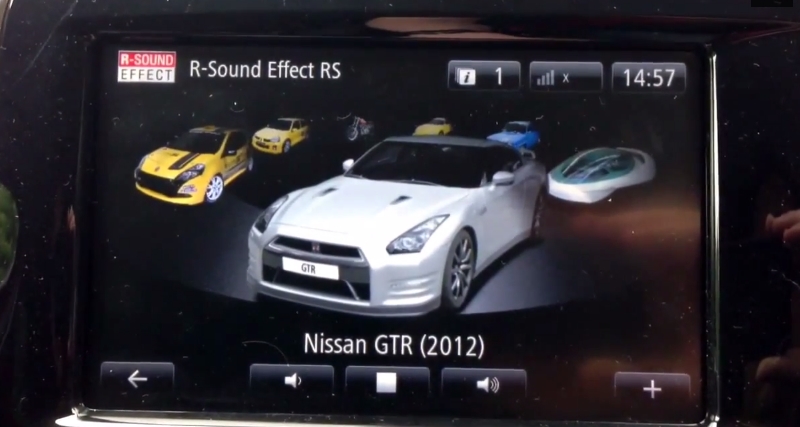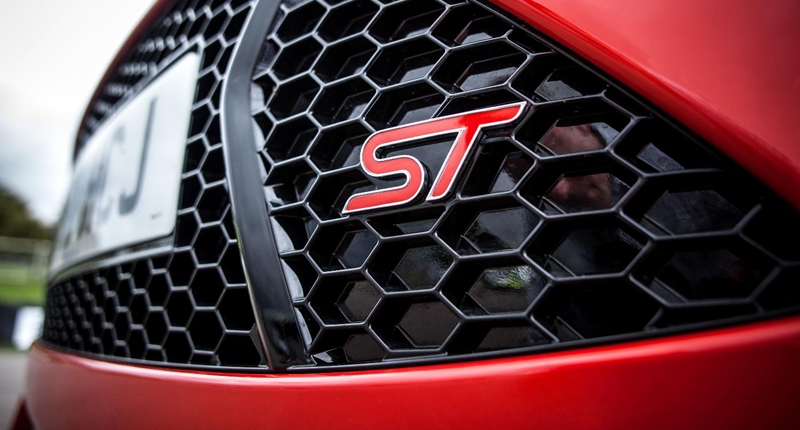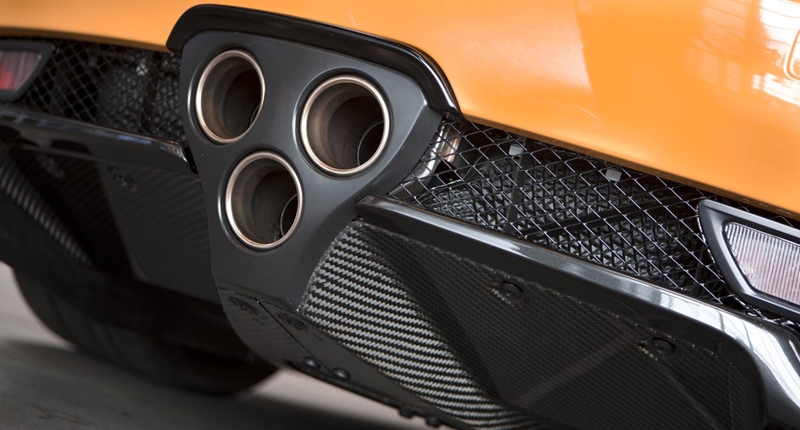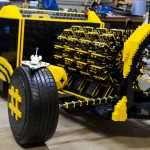Five years ago, launching a decent streaming platform took millions. Now? A teenager with a laptop can build something that reaches millions. That shift…
Sound symposers: tech marvel or just plain cheating?

With apologies to Wikipedia, sound can be defined as a mechanical wave or oscillation of pressure transmitted through some medium — such as air or water — and composed of frequencies that are within the range of hearing.
Or, to petrol-heads, what happens when you hit the loud pedal.
Yes, to many car enthusiasts, the aural appeal of a performance vehicle is just as important as, say, its zero to 100km/h sprint time or how well it goes around corners. Induction gushes, turbo whistles, exhaust notes and even pops and crackles on the overrun can all add to a sporty car’s feeling of, well, sportiness. So much so, in fact, that automotive engineers have for decades painstakingly shaped expressive acoustic signatures that do little more than enrich the driving experience.
But over the past few years, there has also been a concerted effort to improve cabin insulation and cut out unwanted road noise, leaving sporty vehicles at risk of becoming aurally flaccid. Of course, stringent noise emission laws have also served to hush high-performance cars, thereby rendering the driving experience generally less visceral.
This is, undoubtedly, a shame. Don’t get me wrong: I’m not advocating that all vehicles blast along rowdily, leaving in their wake a trail of burst eardrums and shaking puppies. As with so many things in life, there’s a balance to be struck. Not many motorists appreciate a blaring exhaust on a long journey, for instance. But when you put your foot down in a quick car, you want – nay, need – the drama to reach your ears.
This is, of course, where technologies such as the sound symposer and sound actuators come in. Basically, such systems pipe “enhanced†soundtracks into the vehicle’s cabin, which means it’s loud on the inside and relatively peaceful from the outside. Everybody’s happy, right?
Well, not entirely. It’s worth noting that there are at least two main, distinct types – one merely amplifies certain frequencies while the other actually uses the vehicle’s speaker system to play back what is essentially a recorded or created track. If the former seems a bit like bending the rules, the latter comes across as snapping them into tiny pieces of lawlessness.

Although now rapidly growing in popularity, the sound symposer was first introduced as long ago as 2005 in the five-cylinder Ford Focus ST. This system employs what is essentially a tube — containing a paddle that vibrates when hit by air pulses — situated between the intake manifold and the cabin. Newer versions — including the current ST-badged Focus and Fiesta — feature an electronically controlled valve that opens at predetermined throttle positions, engine speeds, and gear selections to allow throaty, low-frequency sounds to enter the cabin.
Vehicles that make use of this type of acoustic witchcraft include a number of Fords, a handful of Citroens/Peugeots, some Porsches and even the Lexus LFA and McLaren MP4-12C. While it is a little sneaky, it’s not entirely underhanded since the engine note is simply amplified rather than faked. It’s sort of like turning up the volume.

But vehicles like the BMW M5 go one step further, using a digital signal processor to pump a synthesised recreation of the engine’s sound through the car’s stereo system. Similarly, the Volkswagen Golf GTI’s onboard computer holds an audio file that is played through a dedicated under-bonnet speaker at certain throttle positions. Fundamentally, such systems disguise undesirable engine noises and enrich the good stuff — often adding artificial elements – using clever electronic trickery.
And that’s just it: the technology employed to achieve this is nothing short of remarkable. The fact that the latest Renault Clio RS — traditionally one of the world’s leading small hot hatches — now comes with an in-car app that can simulate six entirely different engine sounds, completely in sync with the 1.6-litre forced induction mill tucked under the bonnet, is astonishing.
But astonishing doesn’t equal right. Why would you want your B-segment hatch to sound like a Nissan GT-R? Or an Alpine A110? Or an R8 Gordini? Or even a motorcycle from the ‘70s. In tech terms, it’s admirable that this is possible. But the entire idea lacks integrity, and leaves many consumers feeling as though they’ve been lied to.
Regardless of your feelings on the topic, the enhancing of sound in motor vehicles is here to stay. While it may seem counterproductive to artificially reintroduce an element that was in effect “engineered†out in the first place, there’s no doubt that it has become a necessary evil, thanks to the downsizing of the internal combustion engine and the introduction of the near-silent electric vehicle. These days, naturally acoustically gifted engines that satisfy all noise regulations are as rare as snapshots of Miley with her tongue holstered.
But that doesn’t mean manufacturers should feel justified in deceiving faithful petrol-heads by faking engine notes – even if the tech behind such simulation is pretty exciting and the results themselves often very convincing.
Amplification I can tolerate. Fabrication – or, for that matter, silence – I simply cannot.
Exhaust images: Newswire

